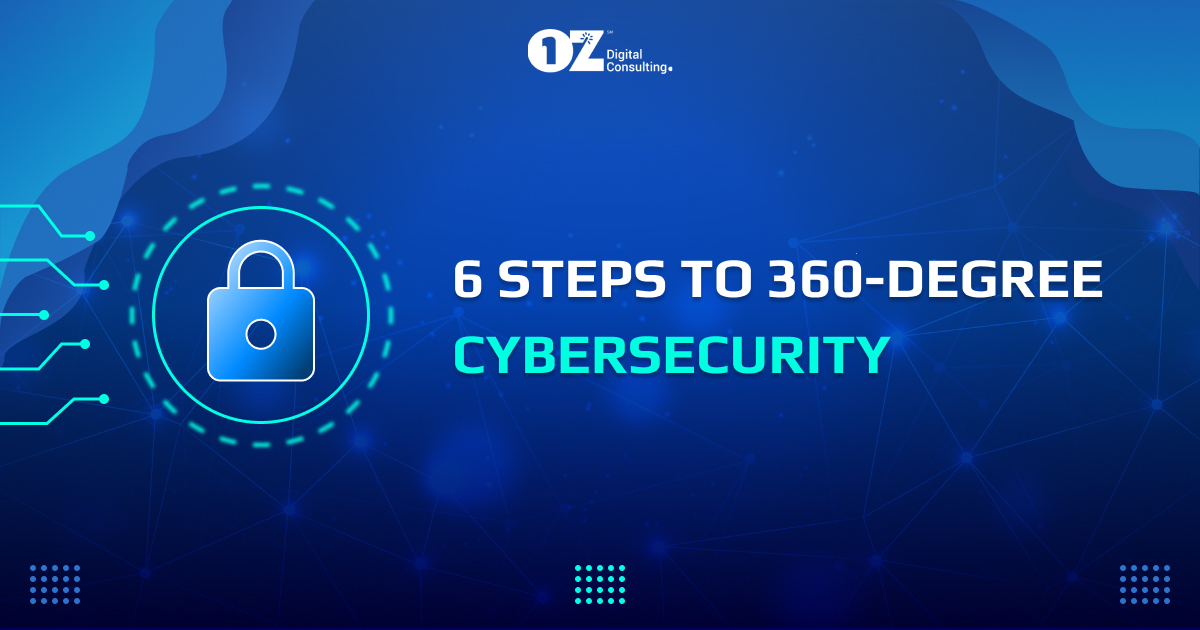Cybersecurity—also known as information technology (IT) security—is an intertwined collection of processes and protocols designed to detect and combat any threat leveraged against networked systems and applications, whether originating from within or outside the organization.
A smart, effective approach to cybersecurity is needed now more than ever: IBM reported that in 2022 the average cost of a data breach reached a record high of $4.35 million globally and $9.4 million in the United States. An increase of 12.7% and 8.7%, respectively, since 2020.
Costs include the time required to discover and respond to the breach, downtime and lost revenue, and any reputational damage dealt to a business and its brand.
Most of us are familiar with those quarterly emails from corporate requesting that you change your password in the name of cybersecurity.
But is there more to best practices aside from creating a new login?
Absolutely.
Cybercriminals are masters of deception, often targeting an employee or customer’s personally identifiable information (PII)—Social Security numbers, names, addresses, credit card information, etc.—and selling them through digital underground marketplaces. This tarnishes your organization and causes a loss of customer trust, fines, and possibly legal action.
Issues are only amplified by disparate systems and a need for in-house expertise.
The good news?
With a holistic approach, you can protect yourself.
Combatting cybercrime, including cyber-attacks attempting to access, alter, access, or destroy data; phishing for an employee or customer PII; or disrupting day-to-day operations is as easy as deploying the proper countermeasures.
Your corresponding cybersecurity strategy should address the following six points of potential vulnerability:
-
- Critical infrastructure security – Measures or practices for protecting networks, systems, and other assets critical to national security, economic health, public safety, and other services that would otherwise have a debilitating impact on our society if affected.
- Network security – Security practices and policies adopted to deflect and monitor unauthorized access, misuse, or modification of both wired and wireless (WI-Fi) connections.
- Application security – Security built into applications during initial design, addressing data management and handling, as well as user authentication both on-premise and in the cloud.
- Cloud security – Quickly becoming one of the quickest-expanding technologies, proper cloud security requires end-to-end encryption to authorized users. Data must be protected in storage, as it travels, and during processing to fully support customer privacy and regulatory compliance.
- Information security – Data protection measures for securing your most sensitive data from theft, exposure, or unauthorized access as outlined in resources like the General Data Protection Regulation (GDPR).
- End-user education – Not to be overlooked by the seemingly unwilling, fostering security awareness across your organization is essential to strengthening endpoint security. For example, users can be educated to recognize suspicious emails, delete nefarious attachments, and refrain from unknown devices access to your network.
- Disaster recovery – Business continuity in times of crisis is key. Have tools and procedures in place to account for natural disasters, power outages, or cybersecurity events that would otherwise disrupt operations.
Your comprehensive cybersecurity strategy should be a conglomerate of best practices and automated technology to fight the mounting digital onslaught.
Ready to build or upgrade your cybersecurity regime? Contact us for all things advanced analytics, AI, and machine learning that power safer security solutions.



